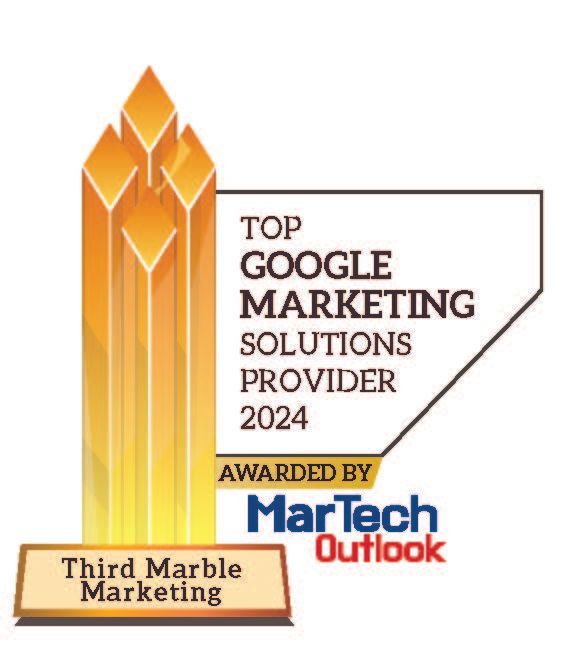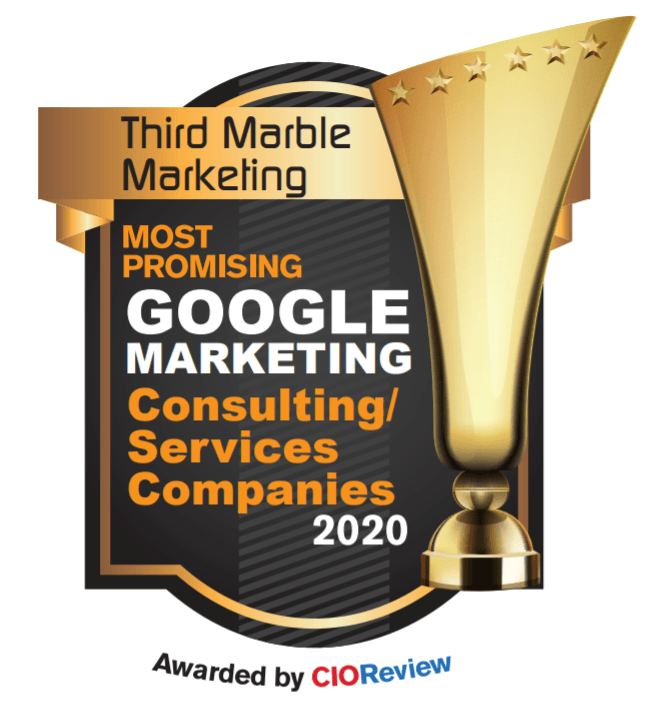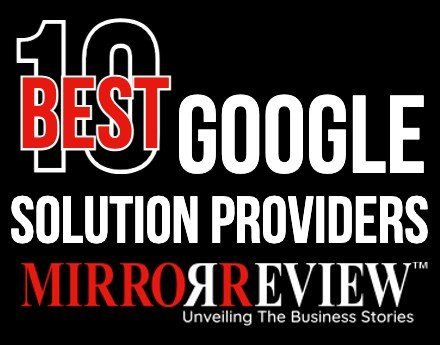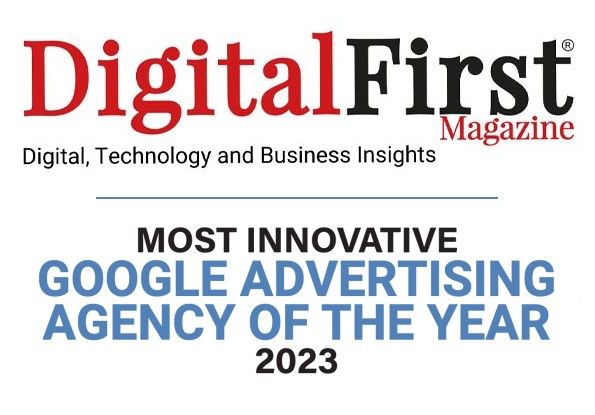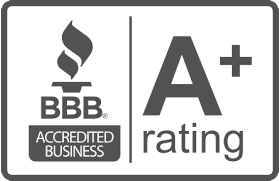Google Reviews Glitch: What You Need to Know About the Review Count Bug
The Google Reviews Count Bug: A Worldwide Issue
If you’ve recently noticed a sudden drop in your Google review count, you’re not alone. Businesses worldwide have been affected by a widespread glitch in Google Reviews, causing displayed review counts to be significantly lower than actual figures. While this issue has led many business owners to believe they lost reviews permanently, the reviews were never truly deleted—only the displayed count was incorrect.
Google Acknowledges the Issue & Begins Fixing It
The issue was first reported last Friday (Feb 7, 2025) and officially confirmed by Google on Monday. As of February 11, 2025, Google has been actively rolling out a fix, and businesses are starting to see their review counts return to normal. Many small business owners and local SEO experts have reported incremental improvements, with some seeing reviews reappear at a slow but steady pace.
Statements from Google & Experts
Victoria Kroll from Google made an official statement in the Google Business Profiles Forum:
"We’re aware of an issue affecting some Google Business Profiles, causing some profiles to show lower-than-actual review counts due to a display issue. The reviews themselves have not been removed. We’re working hard to resolve this and restore accurate review counts as quickly as possible. We appreciate your patience and will share updates on this thread as they become available."
Google Product Expert Mendryk Yaroslav also provided guidance for businesses experiencing missing review counts. He suggests:
Waiting for updates from Google regarding full restoration.
- Checking after a week to see if the review count has been fully restored.
- Contacting Google support if the issue persists. Instructions to do so are as follows:
- Go to the Google support page.
- Select your business profile.
- Type “Missing Reviews” in the support field.
- Select “Reviews missing” and proceed with the steps to submit an email request.
- Posting on forums if support doesn’t resolve the issue so that experts can escalate the case.
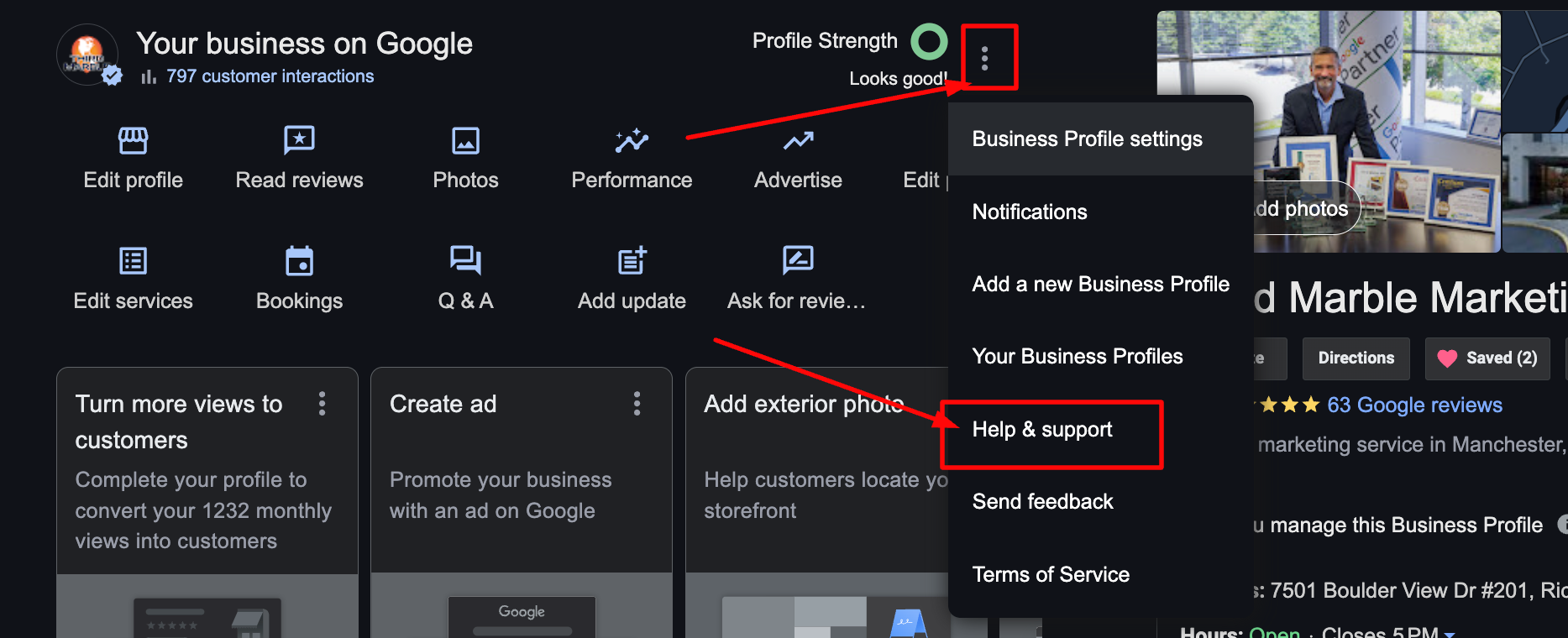
Business Owners Speak Out: Real Cases from the Community
Business owners have been vocal about their frustration with the glitch. On Reddit, several users shared their experiences:
- "Just lost over 1000 reviews for one of my restaurants. And I just opened a new location and lost another 50 reviews there. I worked so hard to get this feedback, and seeing my business drop from 4800 to 4300, then 4000, and now 3700 is heartbreaking. Contacted Google 100 times with no response."
- "If the reviews were physically removed, I would be more worried. But as it stands, I’m pretty calm about it as it’s just the total number. The number was always a bit off and had a lag anyway. Losing 20% of your reviews is frustrating, but I hope Google sorts it out soon."
- "My business had over 2149+ 5.0-star reviews, all genuine from walk-in and online customers. Now I’m down to 1229."
- "One of my businesses lost 100 reviews, the other lost 10."
What to Expect Next
As Google works to resolve the problem, many businesses have already seen partial restoration of their review counts. Reports from affected users show:
- "The issue has been resolved for us, and our review count is (nearly) back to where it was."
- "I got back 11 out of the 30 missing reviews."
- "A slow trickle on the up! About 1-2 reviews being added back every few minutes."
- "Yes, I got a few back but not all of them. Hopefully, they’ll all be back by tomorrow."
What You Should Do Now
- Monitor your Google Business Profile for improvements in your review count.
- Follow Google’s official updates on
their forums and social media channels.
- Report your issue to Google support if your reviews do not reappear within a week.
- Seek help from Google Product Experts on forums to escalate the issue if needed.
While this glitch has caused significant distress for many business owners, the good news is that Google is actively working on a fix, and review counts are starting to be restored. If your business is still affected, follow the recommended steps above to ensure your reviews are counted accurately once again.












